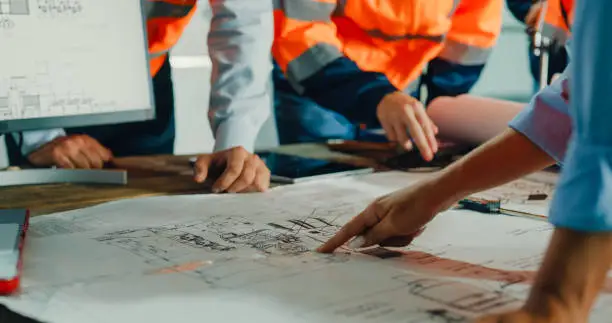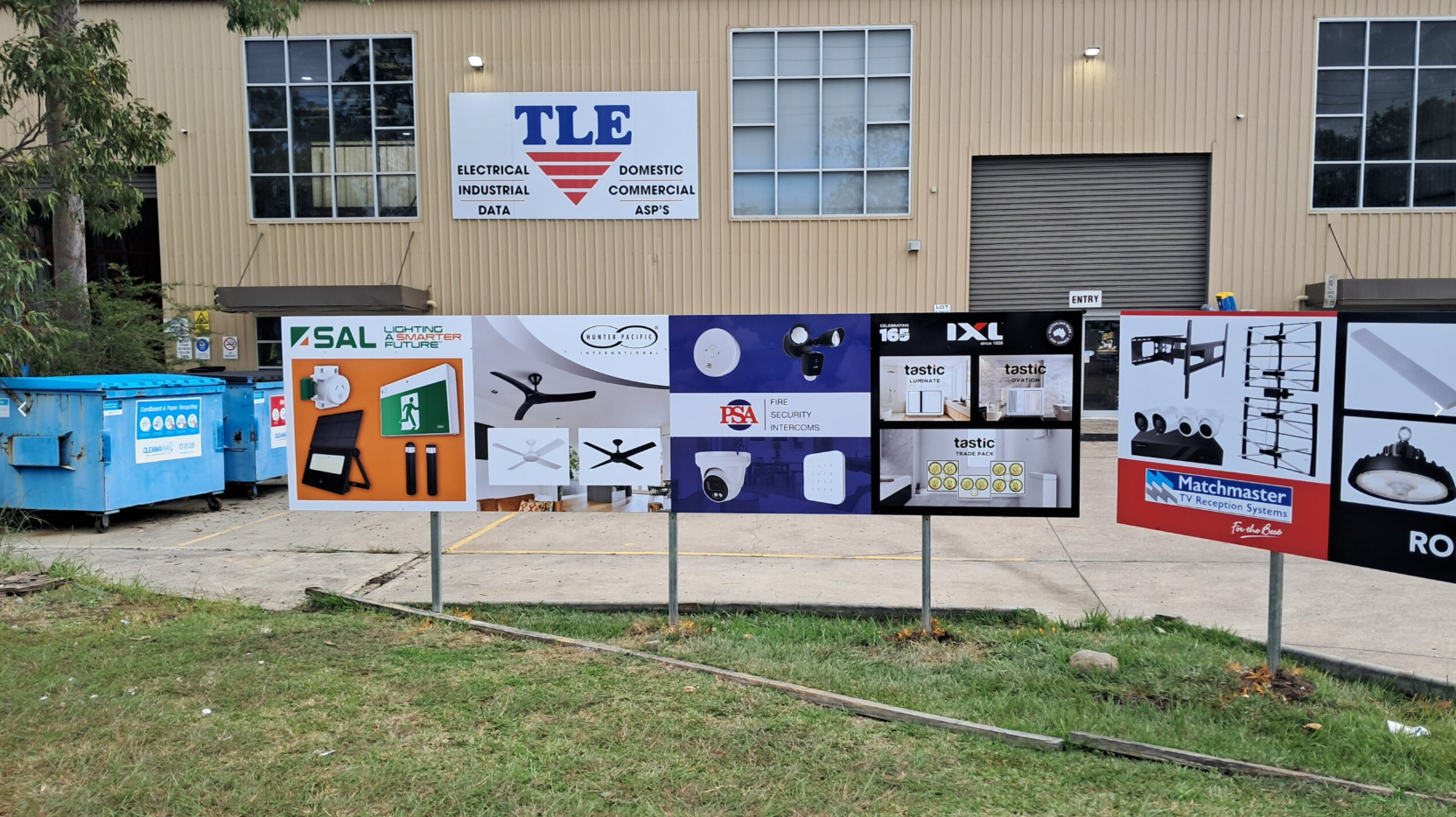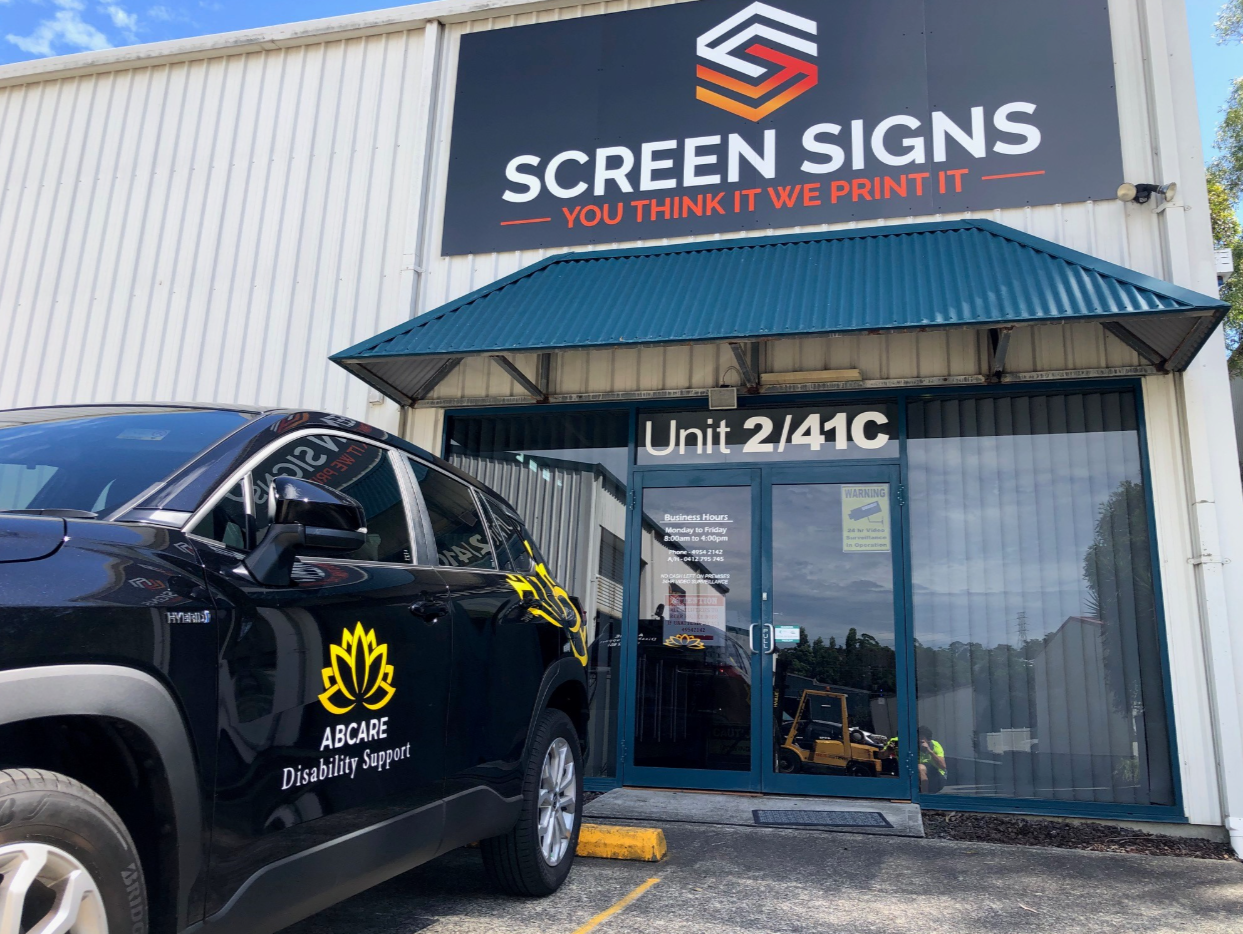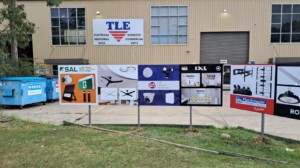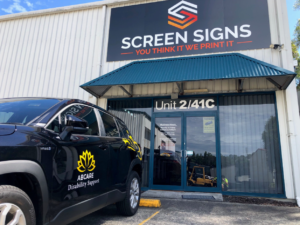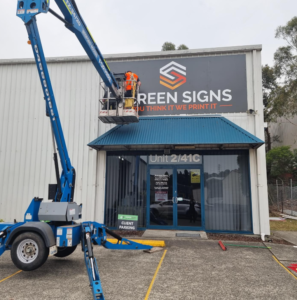Milestone Inspections: A Guide to Ensuring Building Integrity and Safety
Every building tells a story of time, weather, and wear. Over the years, even the most well-designed structures experience deterioration. Milestone Inspections serve as a critical checkpoint in a building’s life cycle to ensure it remains safe, sound, and compliant with legal and engineering standards. These inspections are especially crucial for condominiums and cooperative buildings, where the lives and investments of many residents depend on the structure’s ongoing integrity.
The goal of a milestone inspection is to detect and address issues in the early stages, before they evolve into structural failures. This preventive measure offers peace of mind for property owners and ensures that buildings continue to meet safety codes and structural standards as defined by governing authorities.
Why Florida Leads the Way in Structural Safety
Florida’s climate presents a unique challenge for building structures. High humidity, heavy rains, salt-laden air, and hurricane threats put significant stress on building materials. In response to past building tragedies and structural failures, Florida lawmakers introduced rigorous inspection laws to protect residents and property. The introduction of Florida Statutes 553.899 made Milestone Inspections not just a recommendation, but a requirement.
These laws ensure that any residential building three stories or taller undergoes a milestone inspection once it reaches 30 years of age, with follow-ups every 10 years. If a building is located within three miles of a coastline, this inspection is accelerated to 25 years. These mandates aim to catch potential risks before they endanger lives, creating a culture of proactive safety and accountability.
When and How Often Should Milestone Inspections Occur?
Milestone inspections are structured into two distinct phases:
Phase 1: The Initial Structural Assessment
This phase includes a visual assessment by a licensed professional engineer or architect to determine the condition of the building’s primary structural components. This includes foundations, load-bearing walls, floors, roof systems, and framing. If no substantial structural damage is found, Phase 1 is considered complete.
Phase 2: In-Depth Evaluation
Should Phase 1 reveal significant signs of structural damage or distress, Phase 2 is initiated. This involves more detailed inspections, which may include exploratory openings or material testing. The inspector documents the severity of the issues, evaluates the risk of further damage, and recommends repairs.
These inspections must be repeated every 10 years following the first milestone to ensure continuous structural integrity, and sooner if the property is coastal. This recurring process creates a sustainable routine of accountability for property owners.
Who Performs a Milestone Inspection?
Only qualified professionals such as licensed structural engineers or architects can perform a milestone inspection. Their expertise ensures accurate assessments and adherence to statutory requirements. When choosing an inspection team, property owners should verify credentials, previous inspection experience, and familiarity with Florida’s structural and safety regulations.
At the center of an effective milestone inspection is the inspector’s ability to spot subtle signs of structural fatigue—tiny cracks, uneven surfaces, corrosion, or material wear. Their observations, supported by tools such as drones, thermal imaging, and concrete scanners, result in a detailed and reliable report.
What Do Milestone Inspectors Look For?
Milestone inspections are designed to evaluate the building’s critical load-bearing elements. These are the structural systems that, if compromised, could lead to partial or complete collapse. Inspectors typically examine:
- Foundation settling or cracking
- Corrosion in steel supports or rebar
- Water damage in structural elements
- Degradation of roofing and framing systems
- Load capacity of floors and balconies
They assess whether these systems can still support intended loads or if repairs and reinforcements are required. Importantly, these inspections focus solely on structural safety, not cosmetic issues like paint or finishes.
The Legal and Financial Impact of Milestone Inspections
In Florida, failing to comply with milestone inspection laws can lead to serious consequences for property owners and condominium associations. Penalties may include steep fines, insurance complications, lawsuits, or even forced evacuations.
From a financial standpoint, milestone inspections help property owners plan for future repairs and avoid unexpected expenditures. When issues are identified early, they can be resolved with minimal cost compared to emergency structural repairs. Timely inspections also ensure that buildings remain insurable and marketable, which is essential for protecting property values.
Moreover, many lending institutions are now asking for up-to-date inspection reports before issuing or renewing loans for multi-unit residential buildings. This legal necessity transforms milestone inspections into a key component of real estate financing and resale.
How to Prepare for a Milestone Inspection
Property owners and condominium associations should take a proactive approach when preparing for a milestone inspection. Here are some practical steps:
- Gather Historical Documentation: Include blueprints, past inspection reports, repair histories, and structural alterations.
- Conduct a Preliminary Walkthrough: Identify visible issues like cracks, leaks, or corrosion that might affect the inspection.
- Engage Residents: Inform residents about the upcoming inspection and request access to units if interior checks are necessary.
- Hire the Right Professionals: Work with licensed engineers or architects who understand both the technical and legal aspects of milestone inspections.
- Budget for Repairs: Allocate funds for potential maintenance or repairs that may be recommended following the inspection.
Preparedness helps reduce surprises during the inspection process and ensures that repair planning can happen efficiently and cost-effectively.
The Future of Building Safety and Structural Monitoring
As building materials evolve and urban density increases, the importance of milestone inspections will only grow. In the future, we may see integrations of smart sensors and real-time monitoring systems embedded within structures to continuously assess load changes, stress levels, and material degradation.
Artificial intelligence and machine learning will likely play a larger role in interpreting inspection data, offering predictive insights based on weather trends, material lifespan, and usage patterns. These innovations could streamline inspection processes and reduce human error.
Florida’s stringent milestone inspection laws could also become a model for other states, especially those vulnerable to extreme weather. As more states adopt similar regulations, building owners across the country will be better equipped to ensure the long-term safety of their properties.
Milestone Inspections and Community Responsibility
Beyond compliance, milestone inspections are about community well-being. They offer peace of mind to residents, especially in high-rise buildings where structural failures could be catastrophic.
Transparent communication between property managers, engineers, and residents fosters trust. Posting inspection results in communal areas or digital platforms reassures occupants that their building is being responsibly maintained. This collective accountability enhances not just safety, but quality of life.
When communities embrace the importance of structural integrity, they create safer, more resilient living environments. It’s a culture shift—from reactive repairs to proactive responsibility—and milestone inspections are the cornerstone of this evolution.
Conclusion: Protecting What Matters Most
A building isn’t just concrete and steel—it’s home to lives, memories, and investments. Regular milestone inspections are a powerful way to protect that foundation. They ensure that buildings remain structurally sound, legally compliant, and financially viable.
As safety laws become more stringent and technology reshapes how we monitor structures, the importance of milestone inspections will continue to rise. Building owners who embrace these inspections aren’t just meeting legal obligations—they’re taking meaningful steps to safeguard their properties and the people within.
At PES, we are committed to ensuring the structural design integrity and safety of your condominium or cooperative building, as mandated by Florida state law. Our trained and experienced team of licensed Professional Engineers and inspectors is equipped to provide these essential special inspections for both existing structures and new construction projects. We fully comply with Florida Statutes (553.899) and recognized regulatory bodies to ensure the structural safety of your property.
Click here to visit website for more interesting collection of articles
